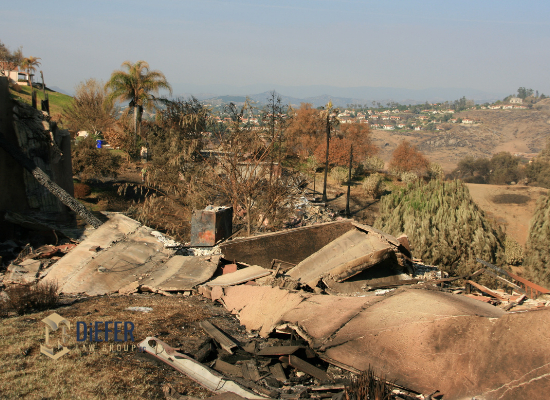 Wildland firefighters put their lives on the line during the California wildfire season from October through December each year. However, the safety hazards do not end there. A never-ending list of life-threatening hazards exists for the workers involved in the cleanup procedures in the fires’ aftermath. The risks of new fires or smoldering remains of extinguished fires are only two of the potential safety risks they face.
Wildland firefighters put their lives on the line during the California wildfire season from October through December each year. However, the safety hazards do not end there. A never-ending list of life-threatening hazards exists for the workers involved in the cleanup procedures in the fires’ aftermath. The risks of new fires or smoldering remains of extinguished fires are only two of the potential safety risks they face.
The safety standards prescribed by the California Division of Occupational Safety and Health make employers responsible for providing workers with safety training to help them mitigate all the potential hazards. For example, re-ignition of smoldering wood and debris could occur when oxygen or anything flammable is present.
Other hazards include the following:
- Confined spaces: The presence of toxic gasses and insufficient oxygen cause potential explosive conditions.
- Carbon Monoxide: Using pumps, pressure washers and generators that are gasoline- or diesel-fueled in unventilated areas could be deadly.
- Respiratory dangers: Exposure to broken-down, burned material along with ash, soot and toxic fumes could irritate airways and affect breathing.
- Hazardous materials: Tanks, drums, pipes, equipment and various containers could contain dangerous materials like pesticides and propane.
- Unstable structures: When walkways, sidewalks, parking lots and roads are fire-damaged, hidden structural damage might be present.
- Electrical hazards: Power could unexpectedly return after a fire-related outage, and unintentional contact could cause electrical shocks or even electrocution.
Additional risks include musculoskeletal injuries from lifting heavy objects, heat exhaustion, and fatigue and physical exhaustion.
California workers involved in the cleanup operations in the aftermath of wildland fires are typically eligible for financial relief made available by the California workers’ compensation insurance system. Benefits include medical expenses and a portion of lost wages; however, those whose injuries caused permanent disabilities might receive additional benefits.







